
Ploumanac‘h lighthouse and rocks
Perros-Guirec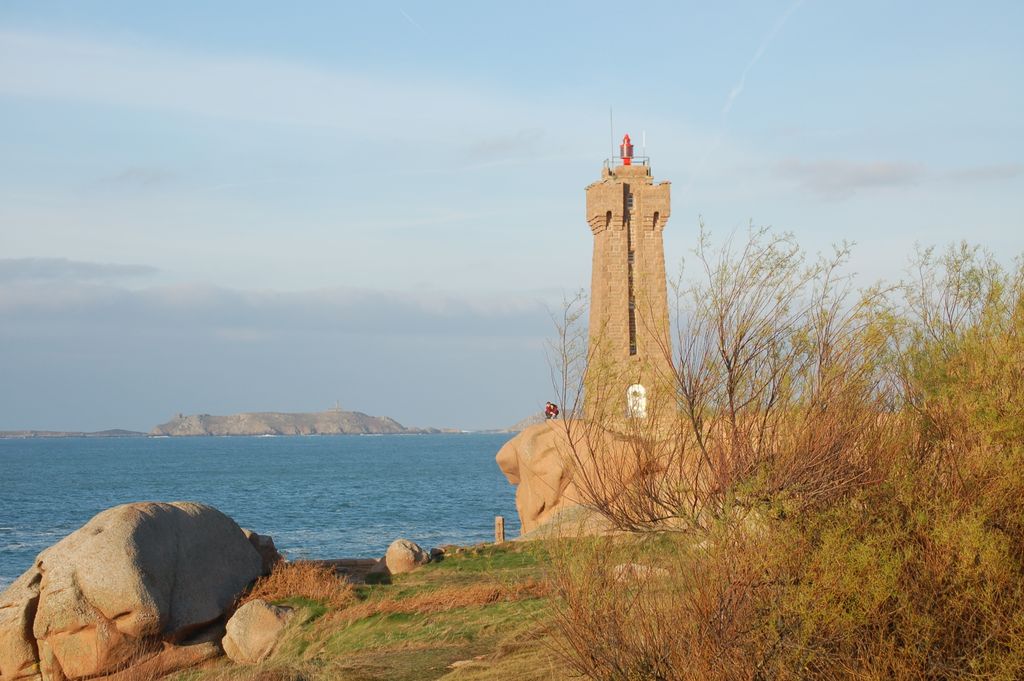
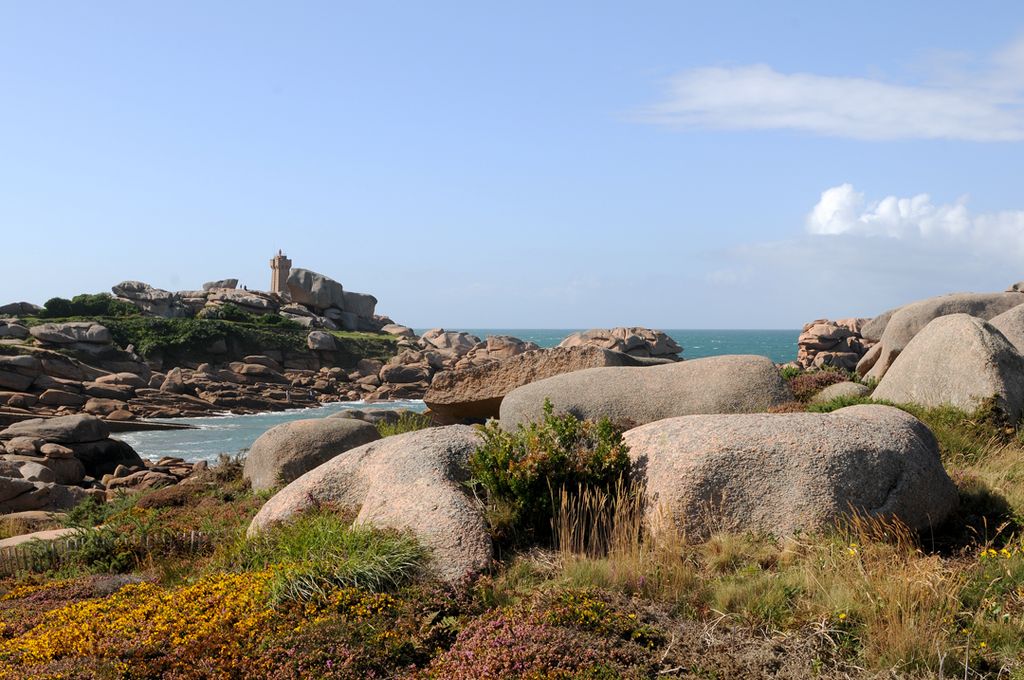
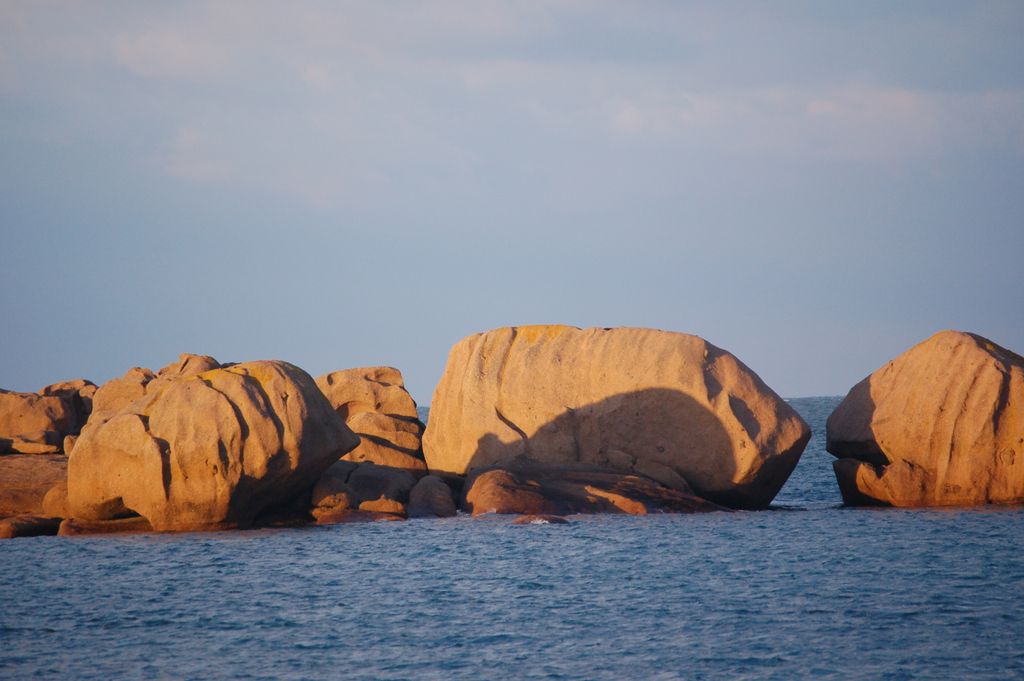
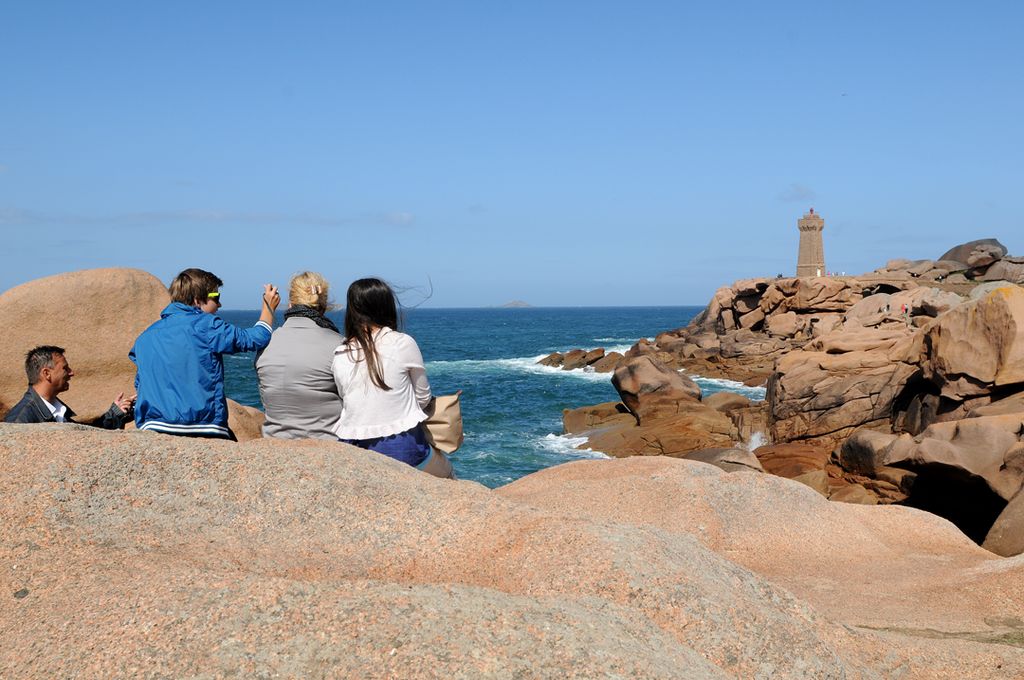

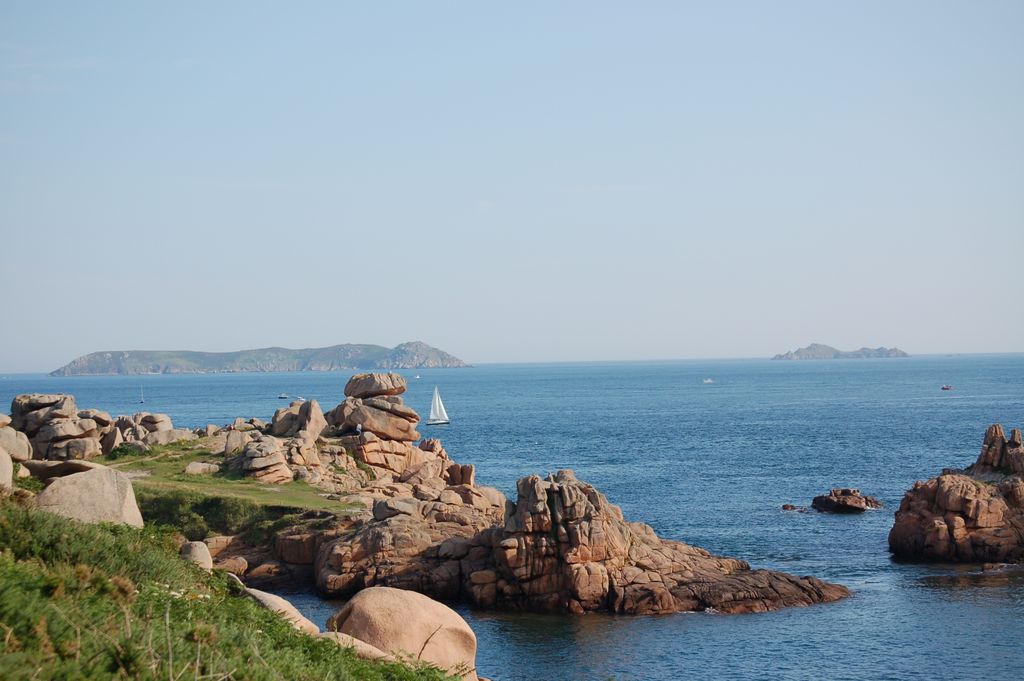
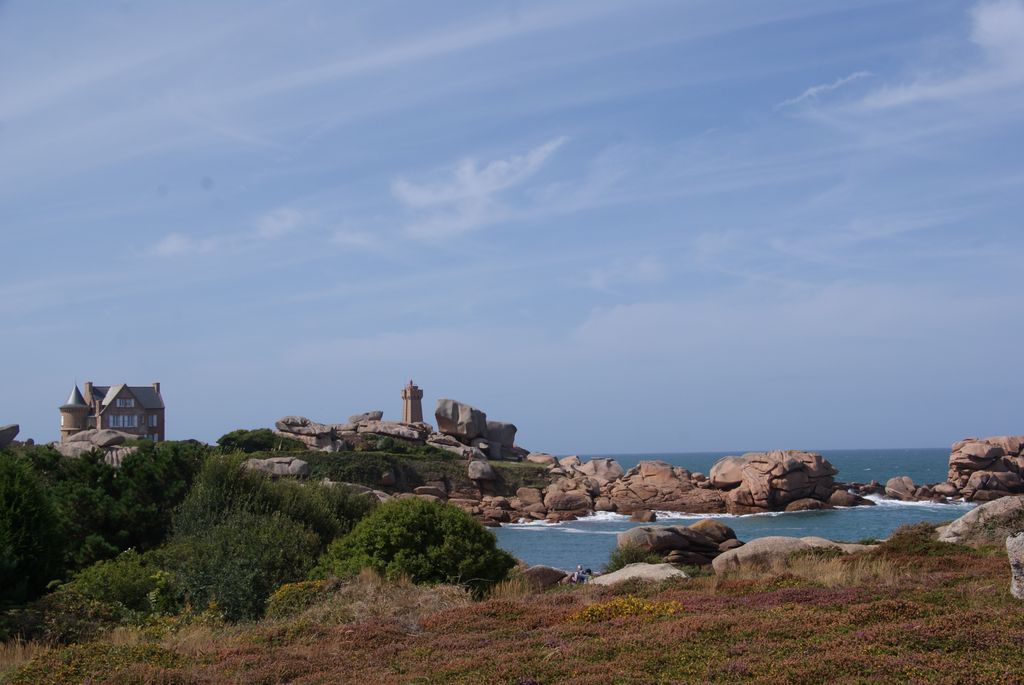
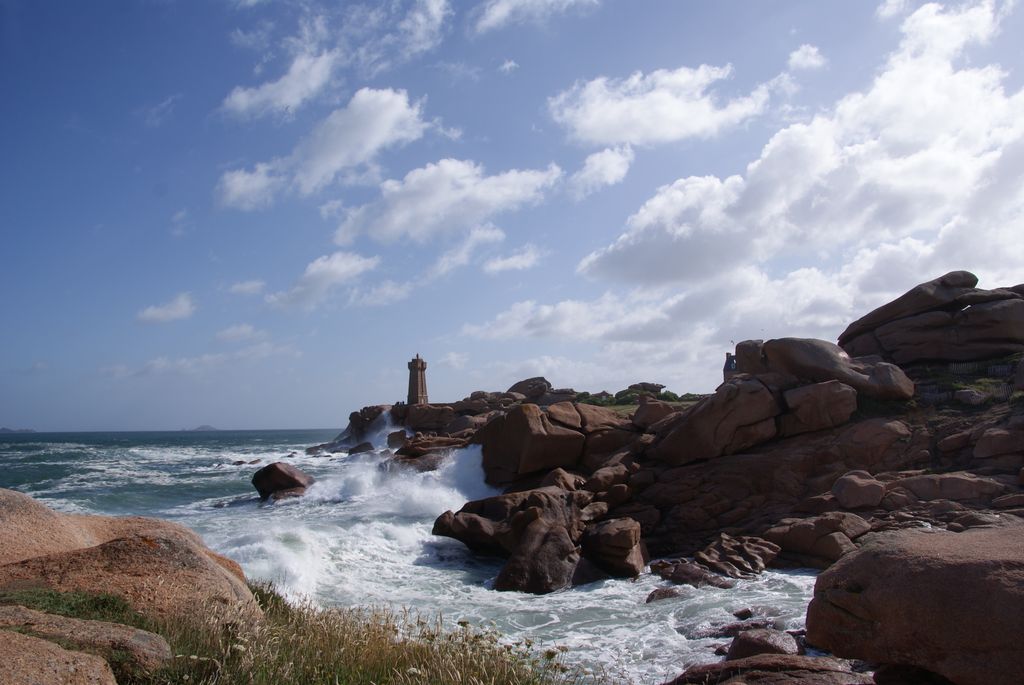
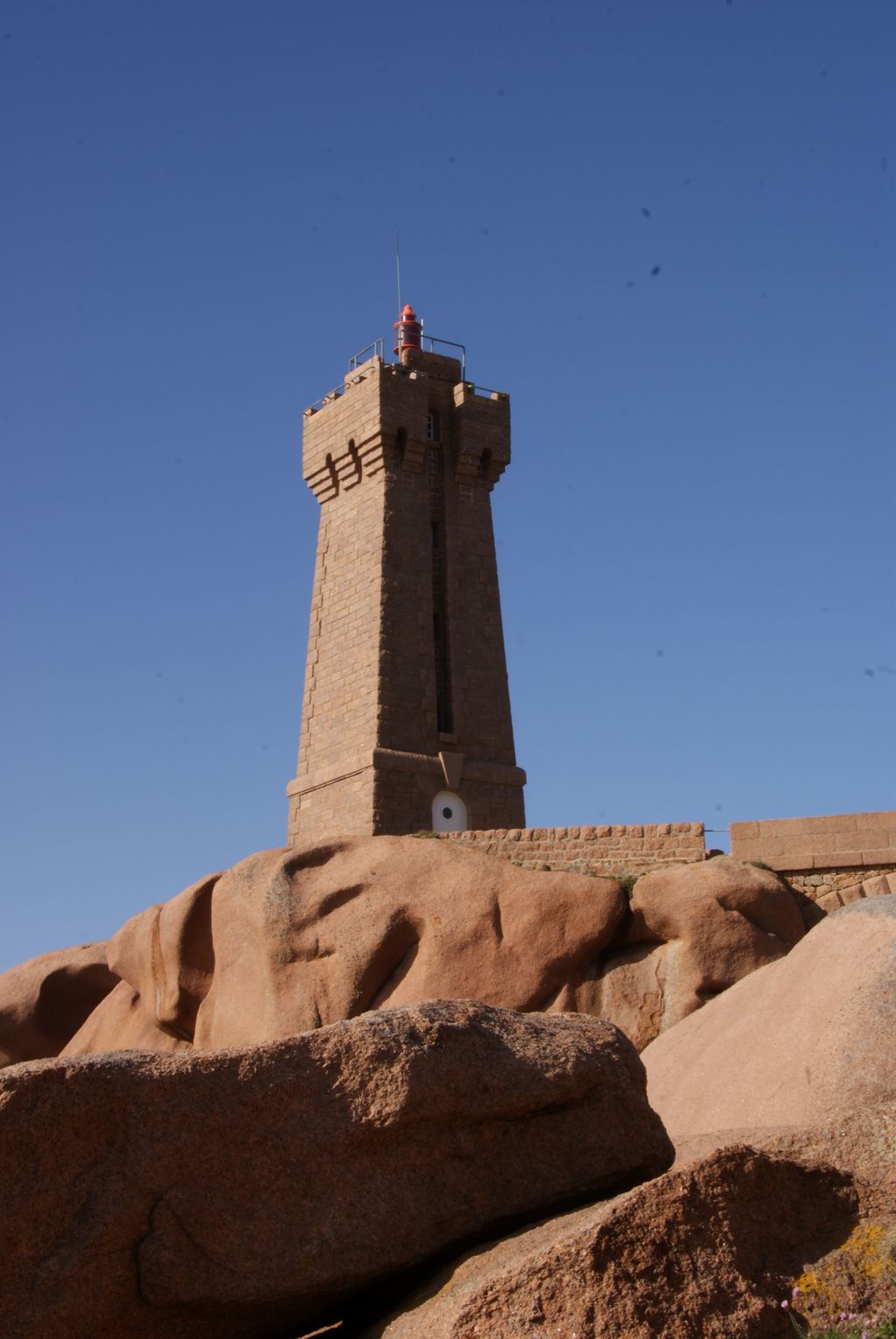
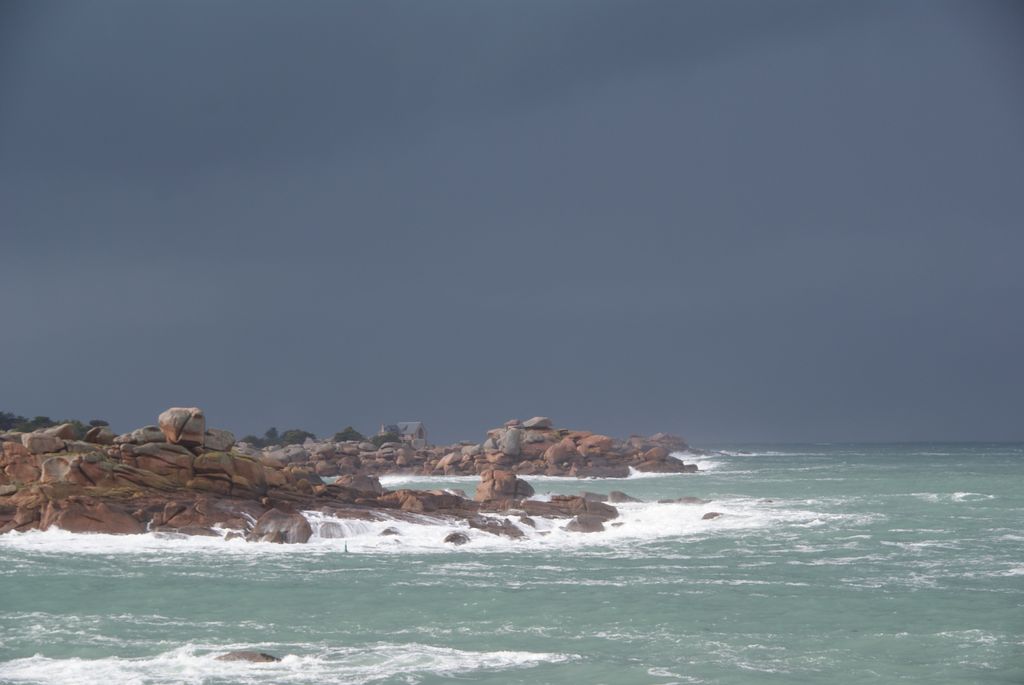
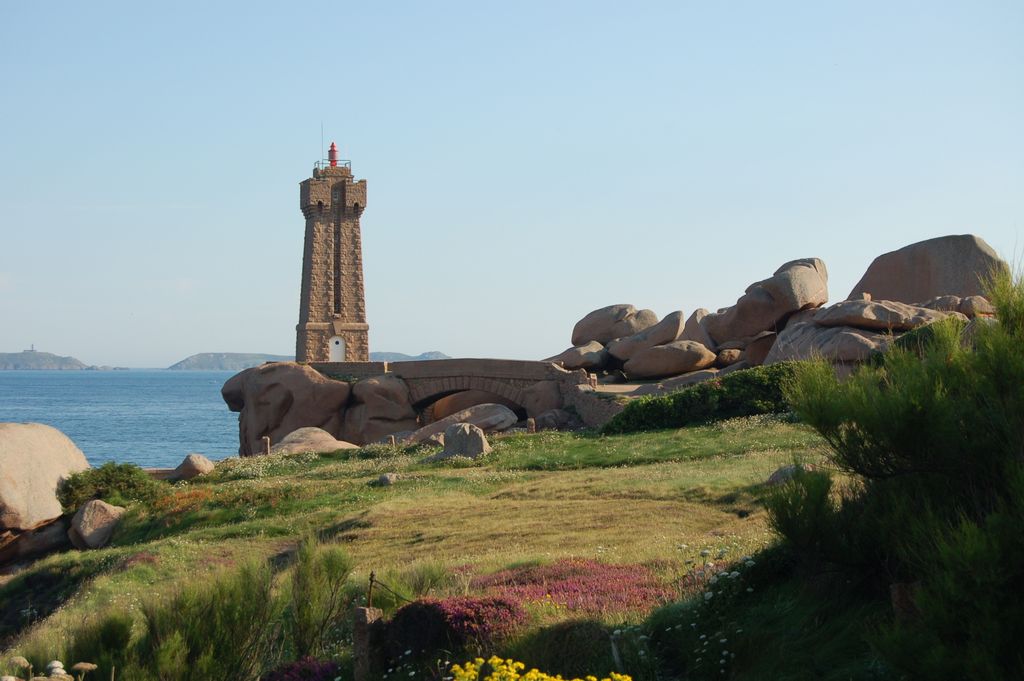
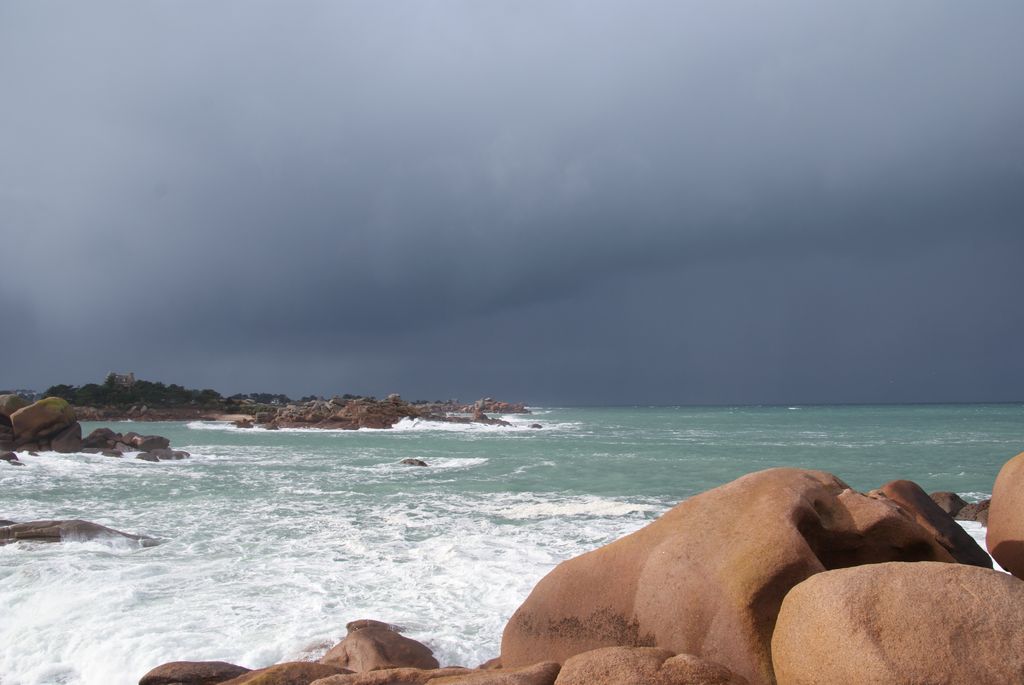
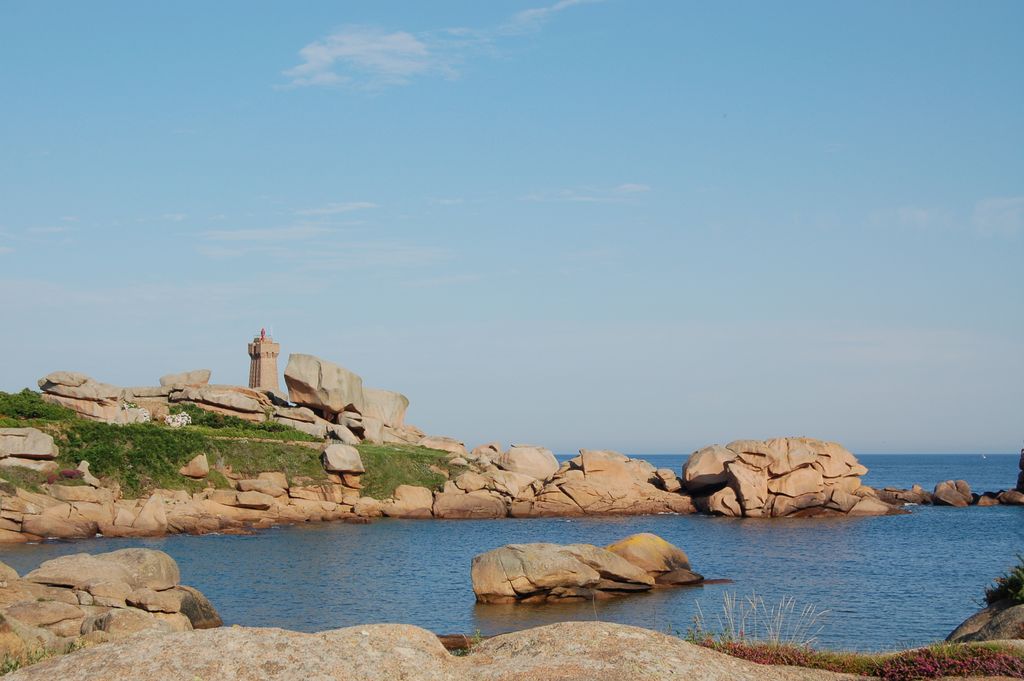
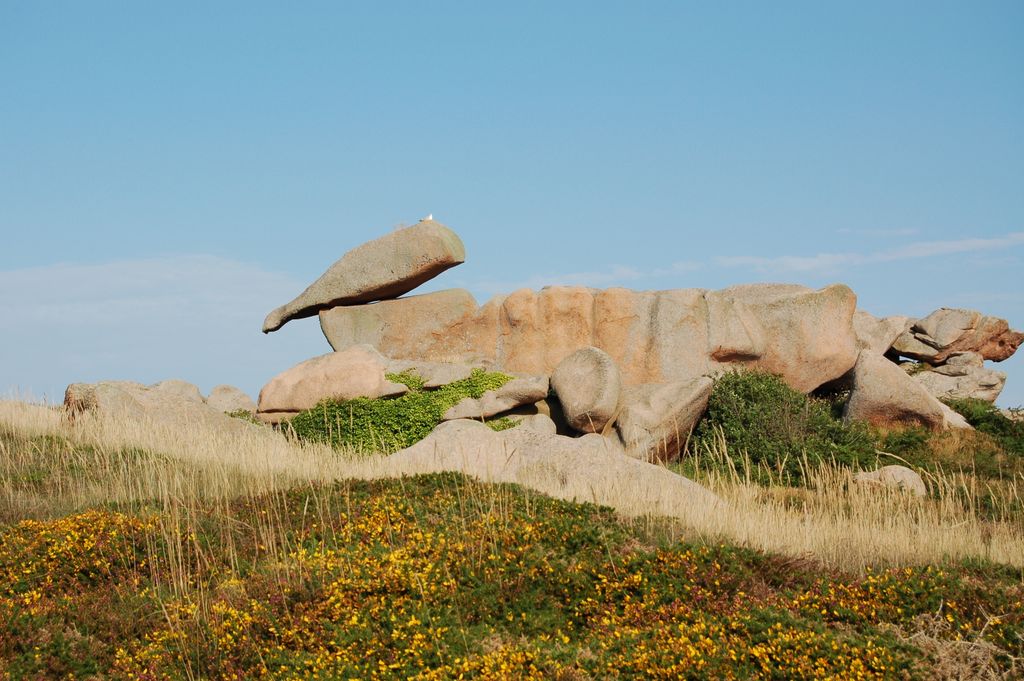
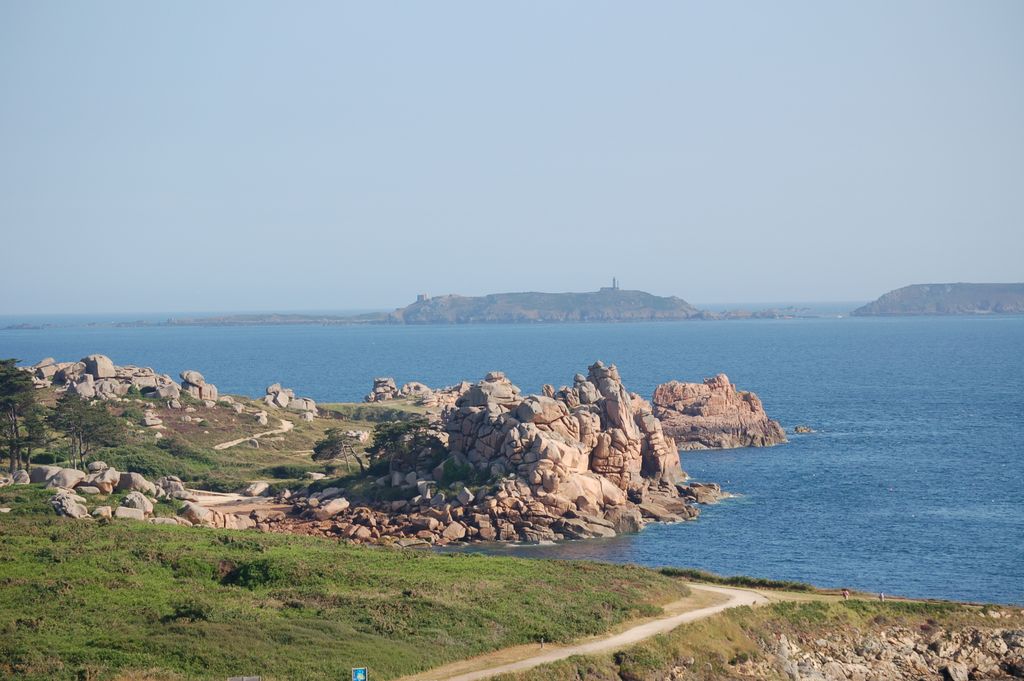
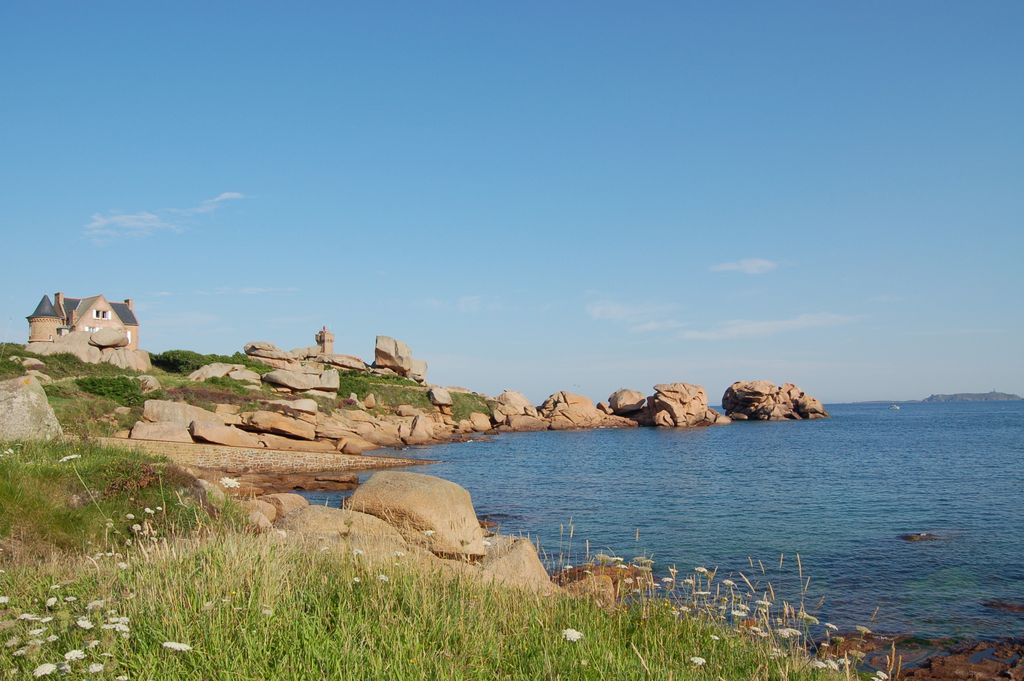
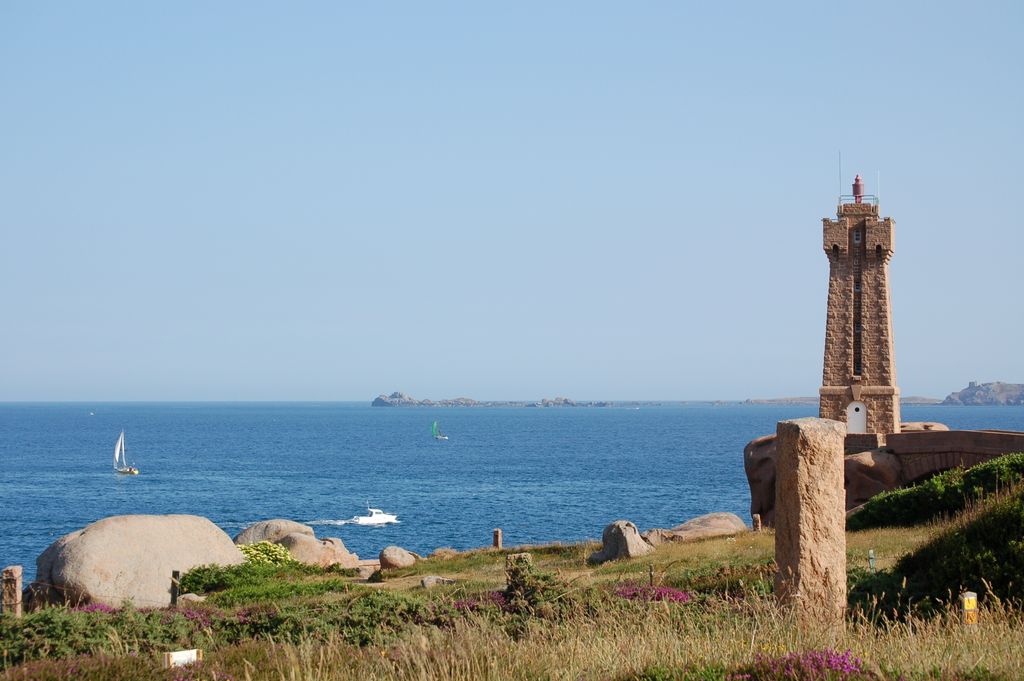
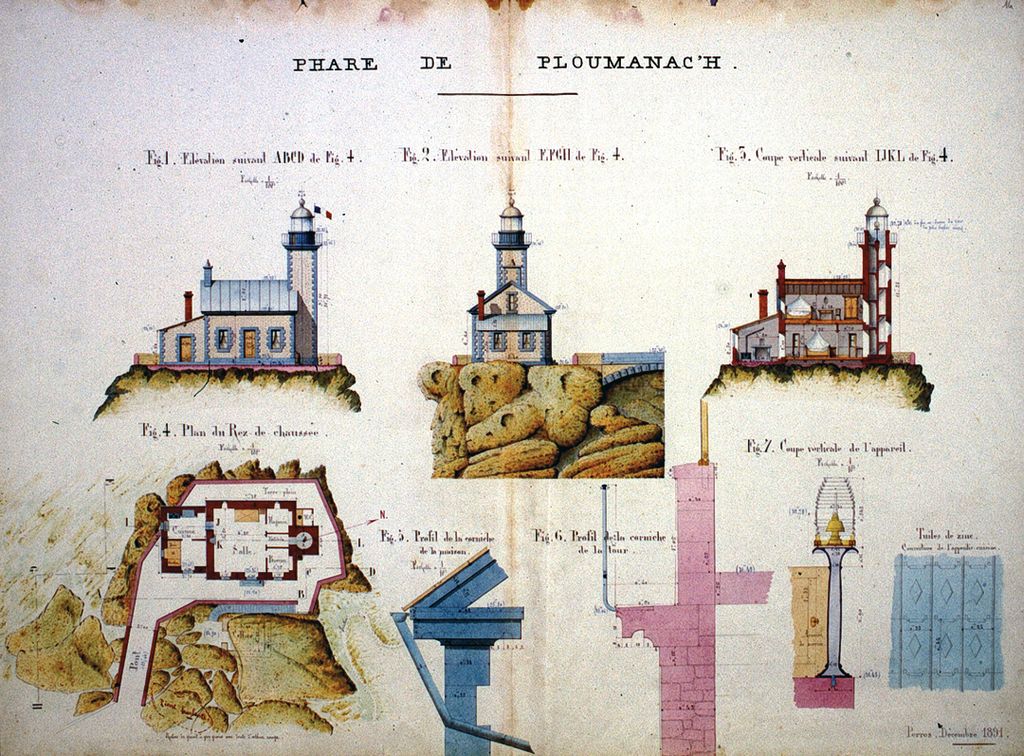
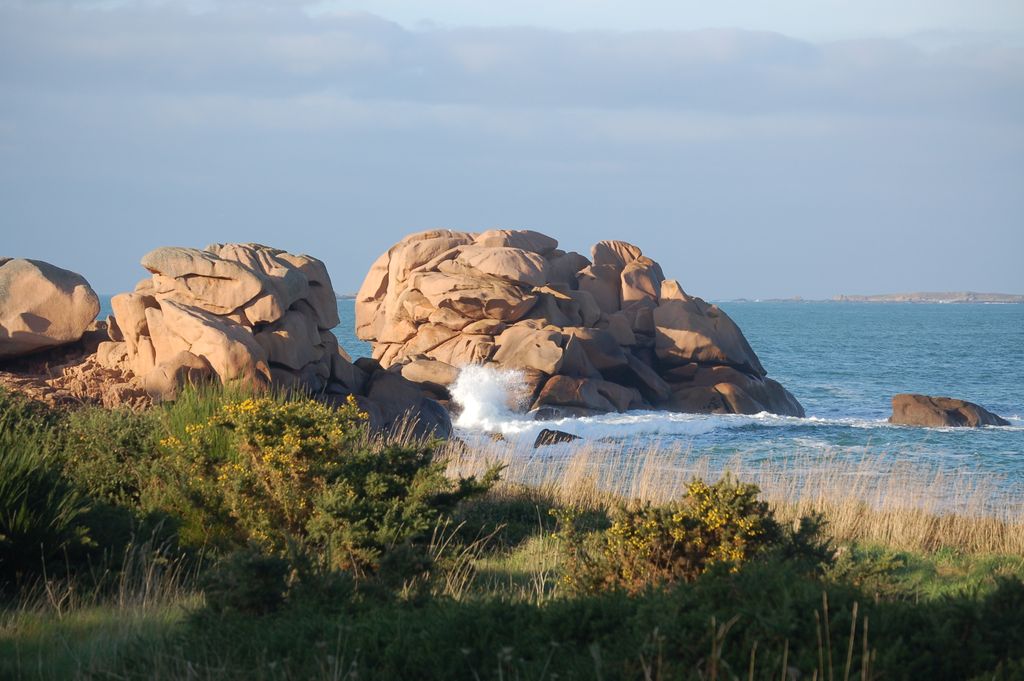
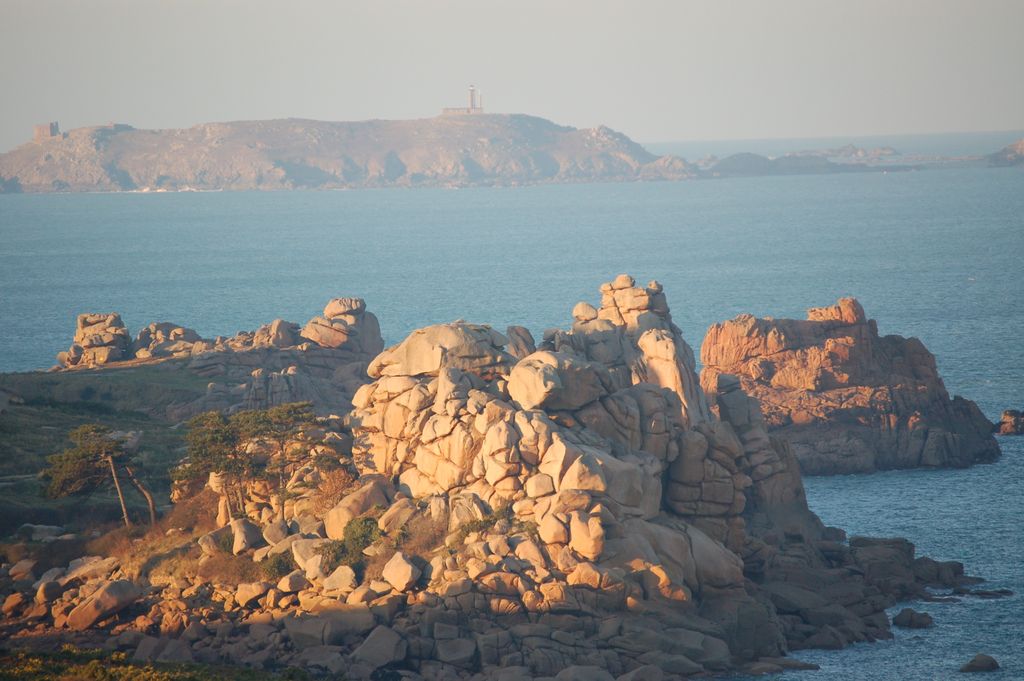
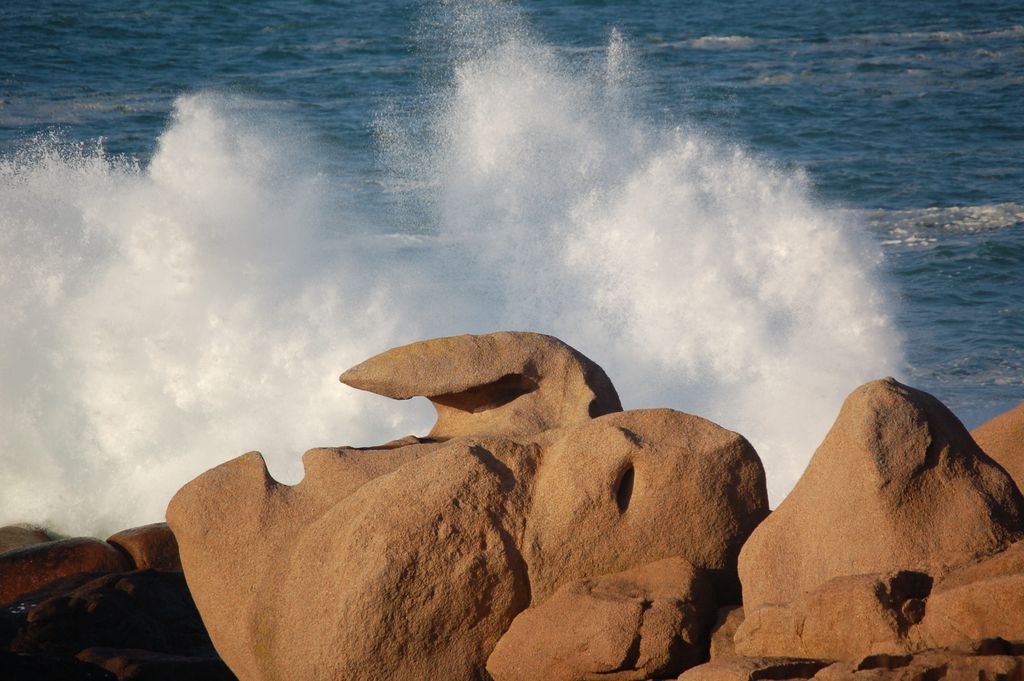
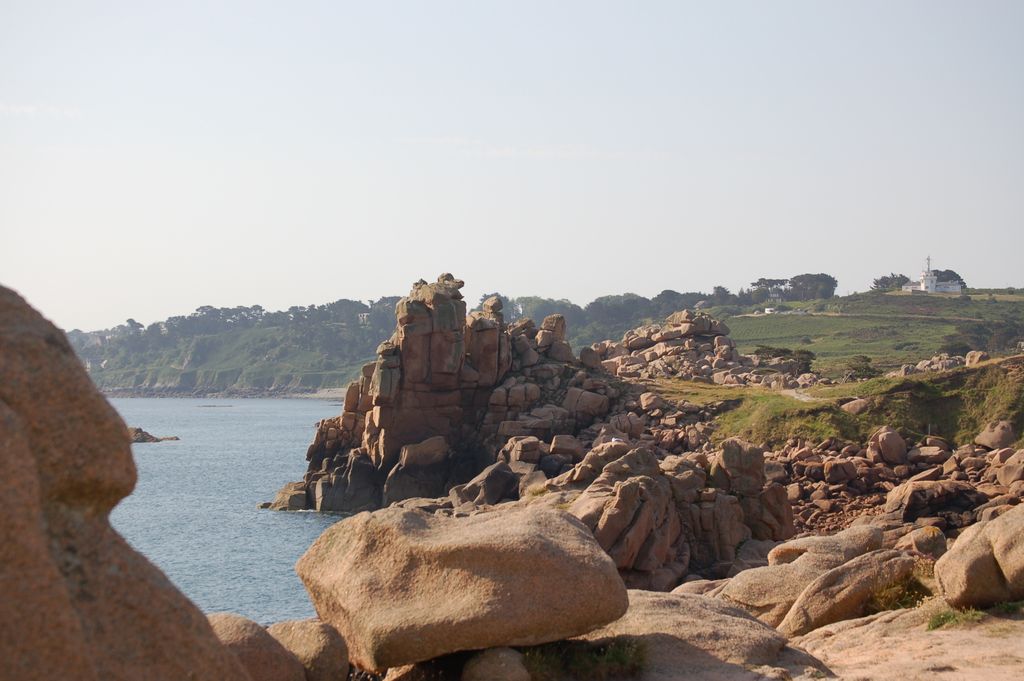
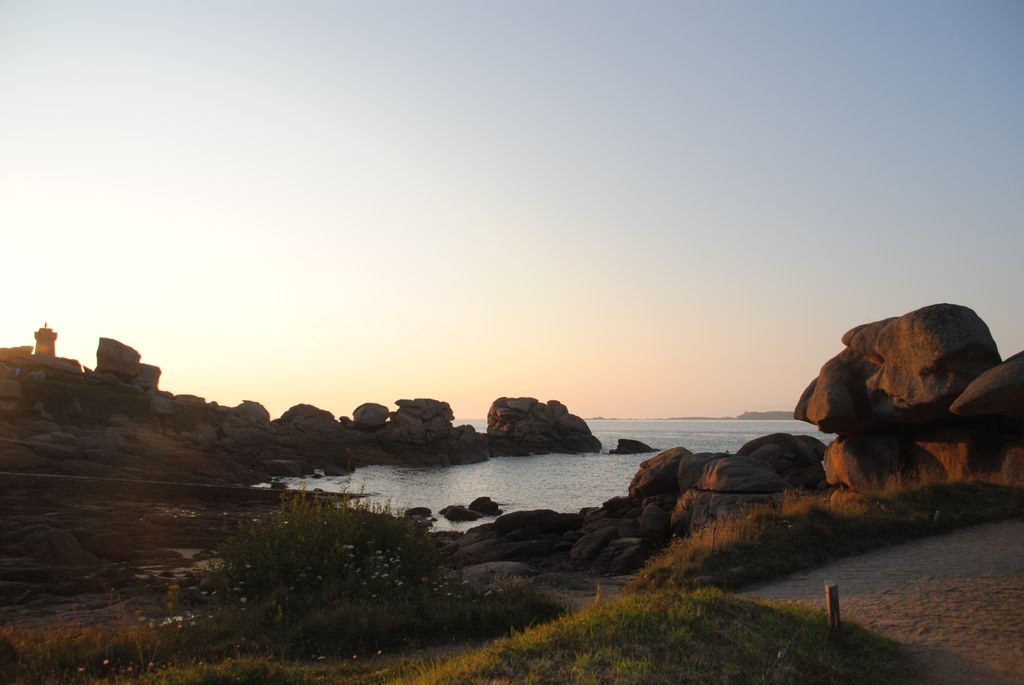
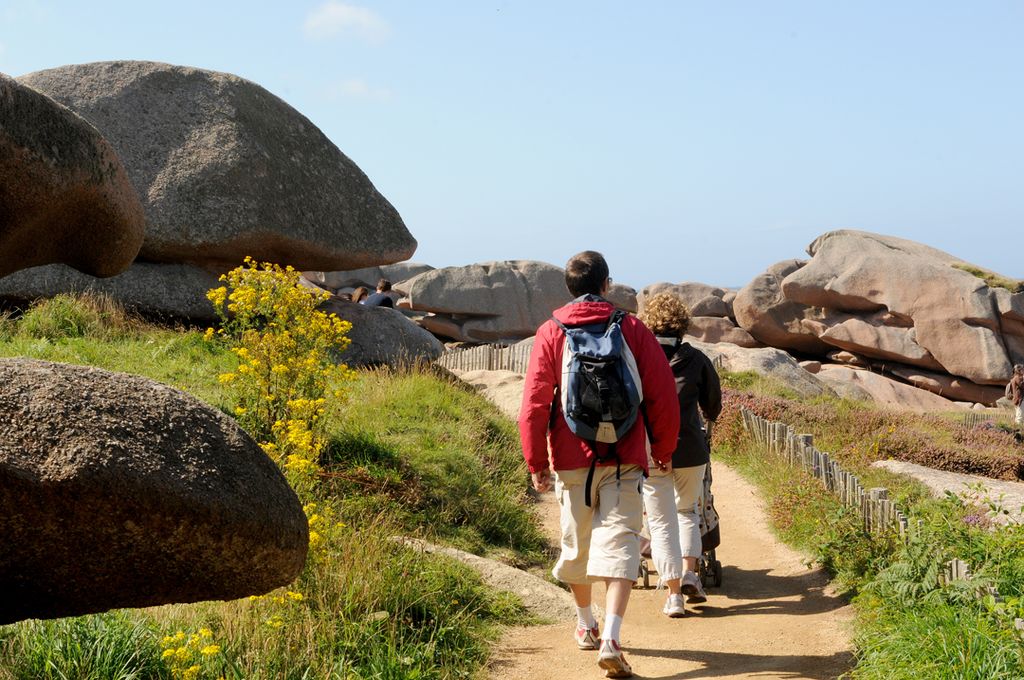

About
The pink granite lighthouse stands in the middle of the chaotic rock formations formed by the erosion of cooled magma then shaped by the rain, salty sea spray and wind. Its name, "phare de Mean Ruz", comes from the Breton "Men Ruz", meaning pink stone. The construction of the lighthouse was the result of a petition in 1856 by the residents of Perros-Guirec and Trégastel. Blown up with dynamite by German troops before their surrender in August 1944, the building has not always looked like it does today. Pink granite was used to rebuild the lighthouse in 1948, replacing the grey granite originally used in 1860. The lighthouse was automated in 1980.
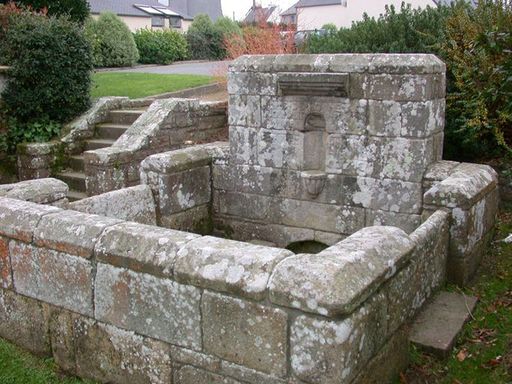

Bonne Nouvelle Chapel
Trébeurden
Here you will find a hamlet of traditional houses built from granite and a chapel dating from the fifteenth century, which is dedicated to Notre-Dame de Bonne Nouvelle (Our Lady of Good News), patron...  See
See
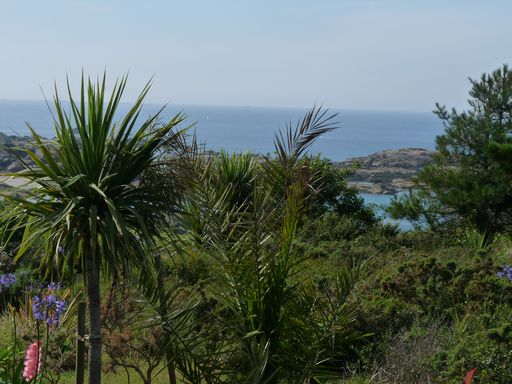

The Viewpoint
Trégastel
If you climb to the viewpoint, you can enjoy a magnificent panoramic view of the coast and the surrounding area. On the hill, you will also notice an old viewpoint indicator in very good condition....  See
See
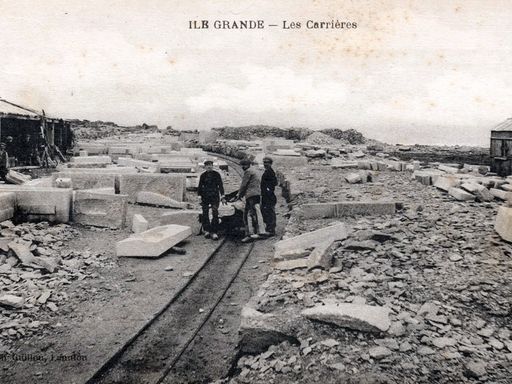

Castel Erek (Île Grande)
Pleumeur-Bodou
In this haven of peace, owned by the Conseil Général (local authorities), you will find the Sept Îles nature reserve building, which houses a permanent exhibition and the bird care centre of the...  See
See
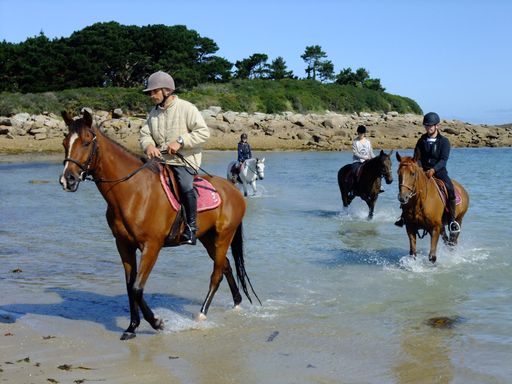

Bringwiller and Kerlavos Bay
Trégastel
There is evidence of very early human religious and economic activity in this area. Its name, Brenn Guiler, meaning "hill of the Roman village", bears testament to the presence of the Romans in...  See
See



